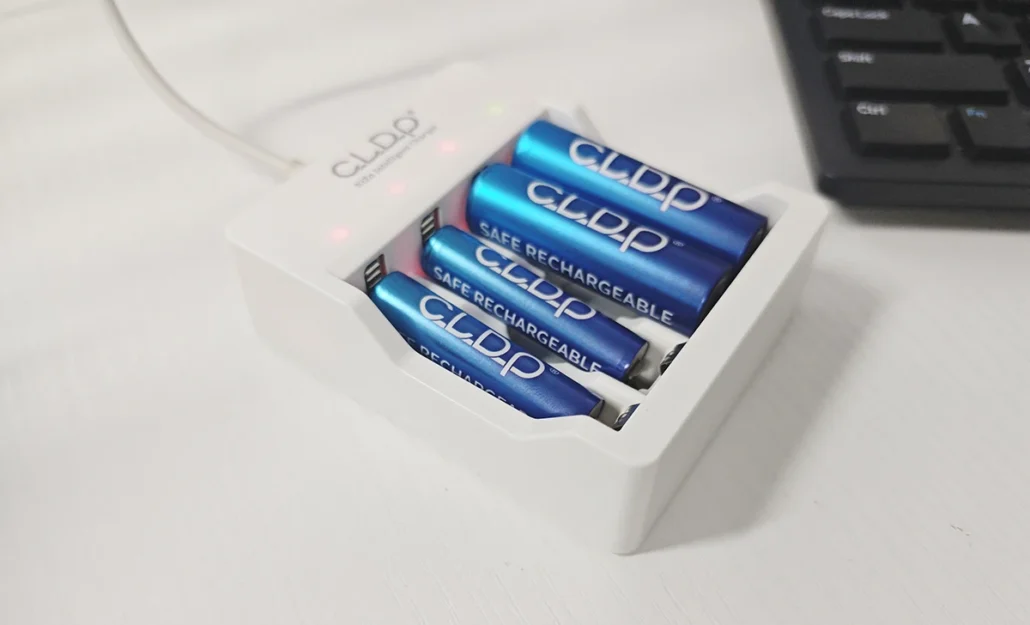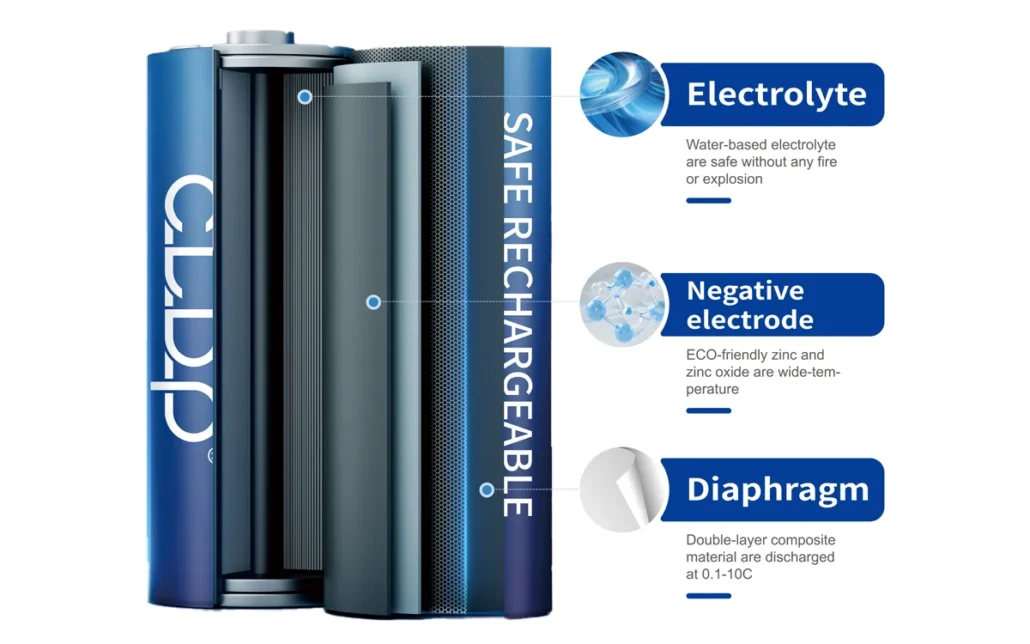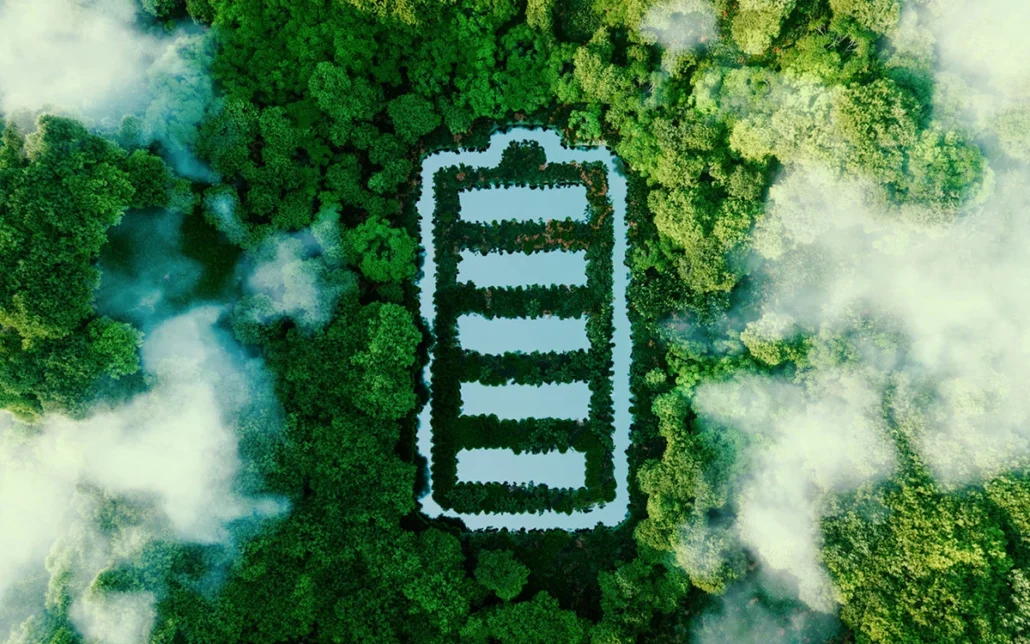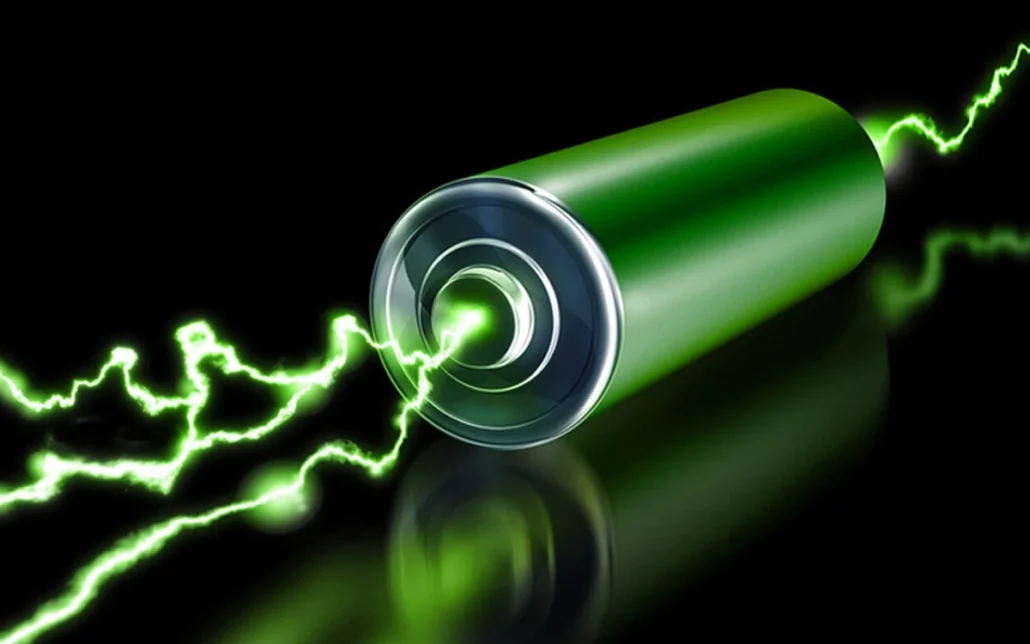Analysis of the Value of Recyclable Materials
As a new generation of environmentally friendly batteries, the recycling value of zinc nickel batteries is first reflected in the valuable metal resources they contain. According to the analysis of battery structure, zinc nickel batteries are mainly composed of positive electrode nickel hydroxide, negative electrode zinc, electrolyte, etc. Among them, the two most valuable metal elements for recycling are nickel and zinc. From the perspective of resource strategy, the recycling of these metals is of great significance in alleviating the shortage of mineral resources.
Nickel recycling value: Nickel is an important strategic metal with a high content in zinc nickel batteries. By recycling nickel metal, the excessive development of nickel resources can be effectively reduced, alleviating the problem of tight nickel supply.
Zinc recycling value: Zinc, as the main material for battery negative electrodes, also has high recycling value. The zinc purity in zinc nickel batteries is relatively high, and after recycling, it can be reused in battery production or other industrial fields, forming a closed-loop cycle.
Environmental performance evaluation
The environmental performance of zinc nickel batteries is one of their core advantages, mainly reflected in the high degree of harmless material and controllable recycling pollution. Compared to traditional lead-acid batteries and cadmium nickel batteries, zinc nickel batteries have achieved a qualitative leap in environmental friendliness.
Difficulty in harmless treatment
Comparison of heavy metal content: The most prominent environmental advantage of zinc nickel batteries is the absence of highly toxic heavy metals such as lead and cadmium. The positive electrode material of zinc nickel batteries is nickel hydroxide, the negative electrode is metallic zinc, and the electrolyte is an alkaline aqueous solution, both of which do not contain internationally recognized five hazardous heavy metals (arsenic, lead, cadmium, chromium, mercury). This feature significantly reduces its environmental risk level.
Mercury content control: In history, alkaline batteries have added mercury as a corrosion inhibitor, but China has completely banned the sale of alkaline zinc manganese batteries with mercury content greater than 0.0001% since 2006. Modern zinc nickel batteries have achieved mercury free production through alloying and surface treatment technologies, eliminating the risk of mercury pollution from the source.
Electrolyte treatment: Zinc nickel batteries use aqueous electrolytes (usually potassium hydroxide solution) that do not contain organic solvents. This characteristic ensures that it does not produce VOCs emissions similar to lithium batteries during the dismantling process, and can be safely discharged through simple neutralization treatment during recycling, significantly reducing the difficulty and cost of treatment.
Sustainable Development Contribution
The zinc nickel battery recycling industry has shown significant advantages in promoting resource recycling, reducing carbon emissions, and industrial synergy, which is of great strategic significance for China to achieve its “dual carbon” goals and build a green, low-carbon, and circular economy system.
The full lifecycle carbon emissions of zinc nickel batteries are significantly lower than those of traditional batteries. On the one hand, the water-based electrolyte system avoids the high-energy consumption process of organic solvent production; On the other hand, the low-temperature assembly process saves more than 40% energy compared to the high-temperature drying process of lithium batteries.
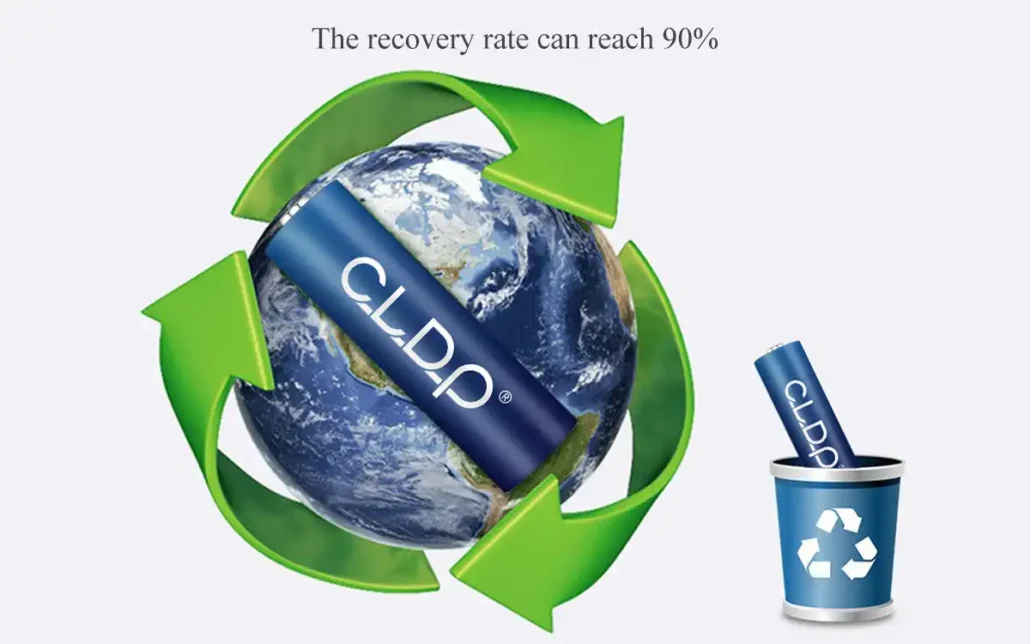
Conclusion and Development Prospects
Zinc nickel batteries have shown significant advantages in terms of recycling value due to their material composition and environmental characteristics. From the perspective of recyclable materials, the recovery rate of nickel and zinc metals contained in it can reach over 90%. In terms of environmental performance, zinc nickel batteries do not contain toxic heavy metals, and the pollution risk during the recycling process is controllable. Their environmental friendliness is significantly better than lead-acid batteries and cadmium nickel batteries. In terms of sustainable development, the zinc nickel battery recycling industry can help alleviate the shortage of strategic metal resources in China, reduce carbon emissions, and promote the development of green circular economy.

